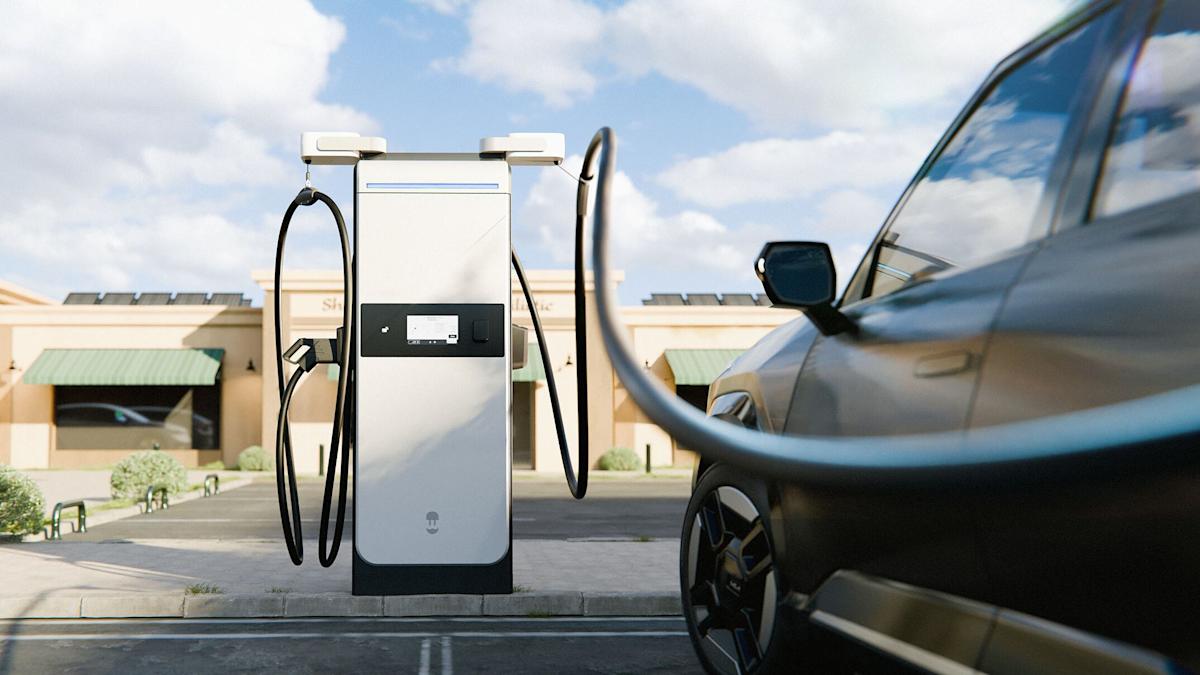Wallbox’s Supernova is the company’s flagship public fast charger. It’s designed to deliver up to 180 kW of power to support long-distance travel.
The Government of Canada is spending $4.7 million to install 96 U.S.-made, fast-charging electric-vehicle chargers in Western Canada.
The money will come from Natural Resources Canada’s Zero Emission Vehicle Infrastructure Program.
Wallbox, of Arlington, TX, will supply the chargers, which will be deployed in public spaces across Alberta and British Columbia. SureTek Electric & Technologies Ltd. of Calgary will install them. SureTek subsidiary SureCharge will manage the charging network.
The B. C. government will contribute $400,000 for the installations in that province.
Each site will be equipped with Wallbox’s Supernova, the company’s flagship public fast charger. It’s designed to deliver up to 180 kW of power to support long-distance travel.
A recent federal audit found that “many areas of the country still lacked access to public charging stations … including rural, remote, and Indigenous communities and lower-income areas.” Furthermore, a survey conducted by the Canadian Automobile Dealers Association in February found respondents frequently cited cold weather “anxiety” as a reason to forgo an EV purchase.
“With this funding, Canadians traveling on Alberta and British Columbia highways will have access to more EV chargers where they need them most. These chargers give peace of mind to current EV drivers, and helps address charging anxiety for those considering an EV purchase in the near future,” Minister of Energy and Natural Resources Tim Hodgson said in a statement.
The chargers are being installed in a province that had one of the lowest ZEV uptakes in the country in the second quarter, according to the latest data from S&P Global Mobility. Battery-electric vehicles (BEV) in Alberta accounted for just 1.8 per cent of new-vehicle registrations in the quarter. B.C., meanwhile, saw BEVs earn 9.9 per cent of new registrations, behind only Quebec, where it was 11.8 per cent.
The planned locations include some of the most remote locations in Alberta, including Grande Prairie, which is about 450 kilometres northwest of Edmonton. Jasper will also see EV chargers installed.
“This broad geographic footprint ensures coverage across northern, central, and southern Alberta — extending into remote and rural areas — while also supporting regional travel and tourism routes,” Wallbox said in a statement.
In B.C., chargers will be installed in Fort St. John, one of the most northern major cities in the province.
The Ministry of Energy and Natural Resources wasn’t immediately available for comment.

